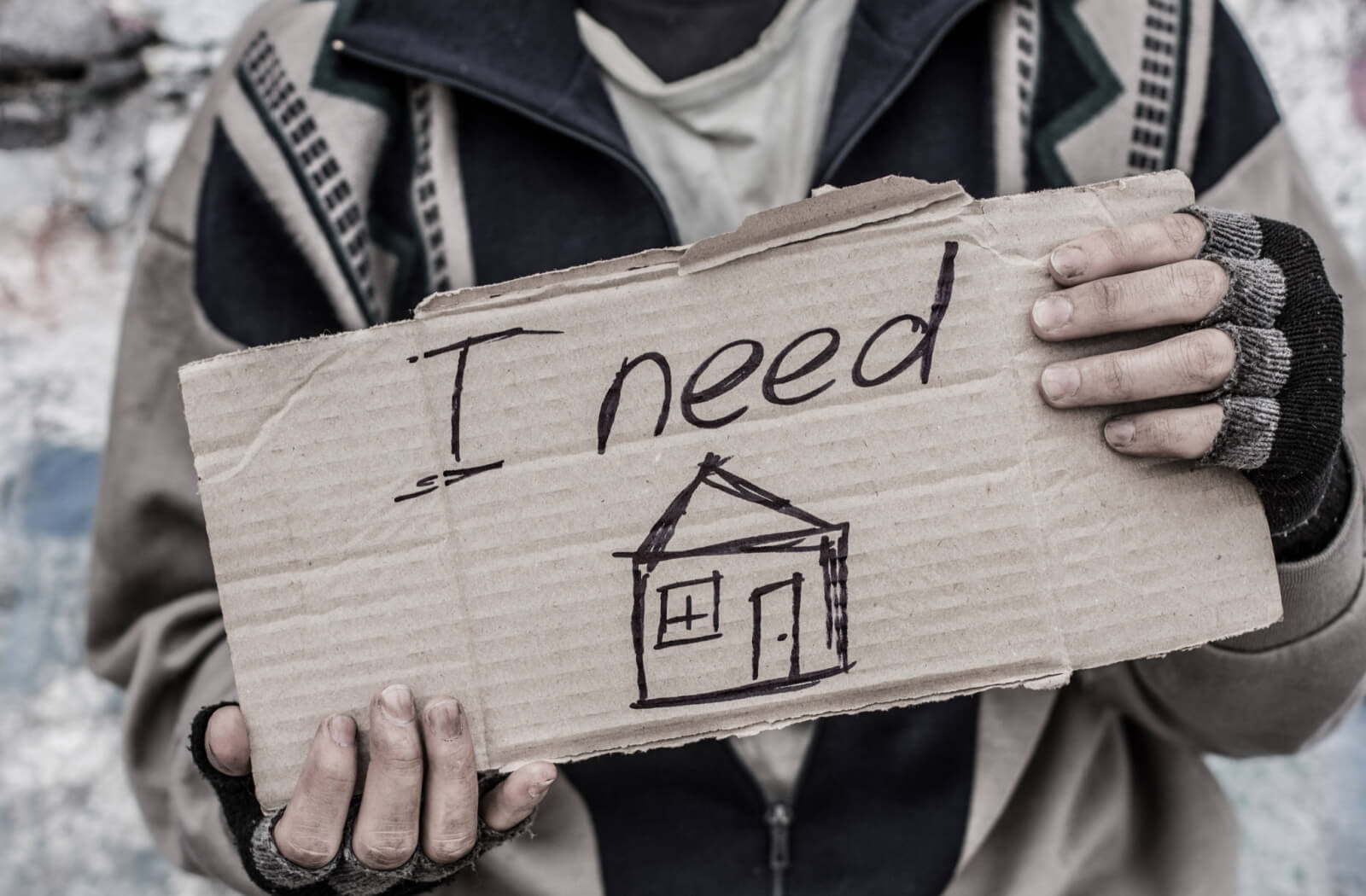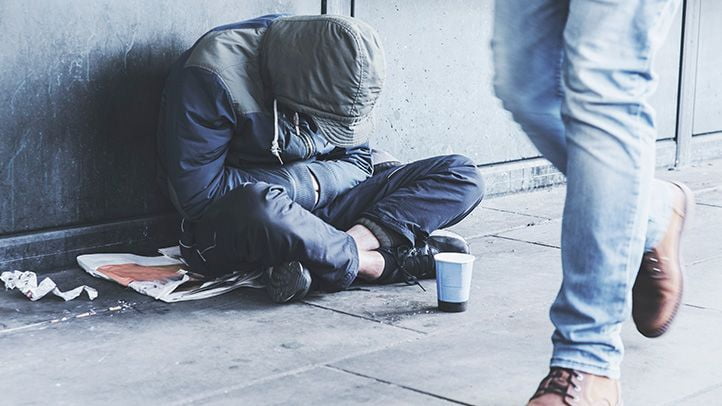Unhoused Individuals are at an Increased Risk for Traumatic Brain Injury
Author: Nikki Pangborn

As of 2021, an estimated 235,000 Canadians had experienced homelessness at one point in the past year, and approximately 25,000 – 35,000 experienced it each day (Strobel et al., 2021). Unhoused individuals are at a significantly greater risk for psychological and physical health problems compared to the general population. For example, unhoused individuals have an increased prevalence of mood and psychotic disorders, substance use dependence, hepatitis C, and early mortality (Stubbs et al., 2020; Topolovec-Vranic et al., 2012). In more recent years, research has suggested that unhoused individuals are also significantly more likely to have suffered from a traumatic brain injury (TBI) in their lifetime (Stubbs et al., 2020).
TBIs are caused by external force exerted onto the head which can damage neural structure and function (Chan et al., 2022). This injury is associated with greater mental health problems, problematic recreational substance use, poorer physical health, and unemployment – all of which might draw some potential relationships to the risk of becoming unhoused (Topolovec-Vranic et al., 2012). However, the relationship between TBI and homelessness may be bidirectional (Chan et al., 2022). In other words, those who have suffered from a TBI are more likely to become homeless, and individuals who are unhoused are at a greater risk for TBI.
While these relationships have yet to be extensively explored, one systematic review and meta-analysis by Stubbs et al. (2020) reviewed current research exploring the incidence, prevalence, and outcomes of TBI in unhoused and marginally housed (meaning inadequate housing, but not yet bad enough to be categorized as “homeless”) populations. A total of 38 studies were included in their systematic review, and 22 were included in their meta-analysis. This work estimated that 53.1% of unhoused/marginally housed individuals had experienced a TBI in their lifetime and 22.5% experienced a moderate to severe TBI, a shocking 2.5-4 times greater and 10 times greater than the general population, respectively. Results from six studies estimated between 51 and 92% of individuals had experienced a TBI before becoming unhoused or marginally housed. Outcome measures consistently associated with TBI in these populations included poorer physical and mental health, increased use of health services, criminal issues, earlier age of homelessness, and suicidal ideation. However, more mixed findings were identified for outcomes such as problematic substance use. Although studies were heterogenous, there still clearly identified relationships between homelessness, TBI, and subsequent health risks. It is imperative that we better understand potential harms experienced by unhoused individuals, their risk of brain injury, and the unique needs of those with TBIs.

Few therapeutic interventions exist that specifically support those experiencing homelessness and a TBI. Treatments that utilize multiple systems of support from professionals such as occupational therapists, social workers, and nurses help to accommodate people’s individual needs (Chan et al., 2022). Examining and subsequently addressing specific behavioural and functional impairments experienced by each unhoused individual with a TBI can more effectively support them in accessing housing and other necessities. The “Housing First” model is an example of a successful treatment model for this group. This model prioritizes providing housing to individuals before other needs under the belief that this enables them to access other services afterward to improve mental health, employment, substance use, and community connections.
One pilot study elucidated the success of this model, as 80% of participants (out of n=1000) remained housed after 1 year and reduced their use of health services and criminality. Although these services do exist in Ontario, there are not enough to meet the high demand of clients, making them inaccessible and therefore perpetuating the cycle of homelessness. Additionally, more work is still needed to explore treatments that assess the needs of those that are both unhoused and suffer from a TBI.
Chan, V., Estrella, M. J., Baddeliyanage, R., Shah, R., Babineau, J., & Colantonio, A. (2022). Rehabilitation among individuals experiencing homelessness and traumatic brain injury: A scoping review. Frontiers in Medicine, 9. https://doi.org/10.3389/fmed.2022.916602
Strobel, S., Burcul, I., Dai, J. H., Ma, Z., Jamani, S., & Hossain, R. (2021). Characterizing people experiencing homelessness and trends in homelessness using population-level emergency department visit data in Ontario, Canada. Statistics Canada. https://www.doi.org/10.25318/82-003-x202100100002-eng
Stubbs, J. L., Thornton, A. E., Sevick, J. M., Silverberg, N. D., Barr, A. M., Honer, W. G., & Panenka, W. J. (2020). Traumatic brain injury in homeless and marginally housed individuals: A systematic review and meta-analysis. The Lancet. Public Health, 5(1), 19–32. https://doi.org/10.1016/S2468-2667(19)30188-4